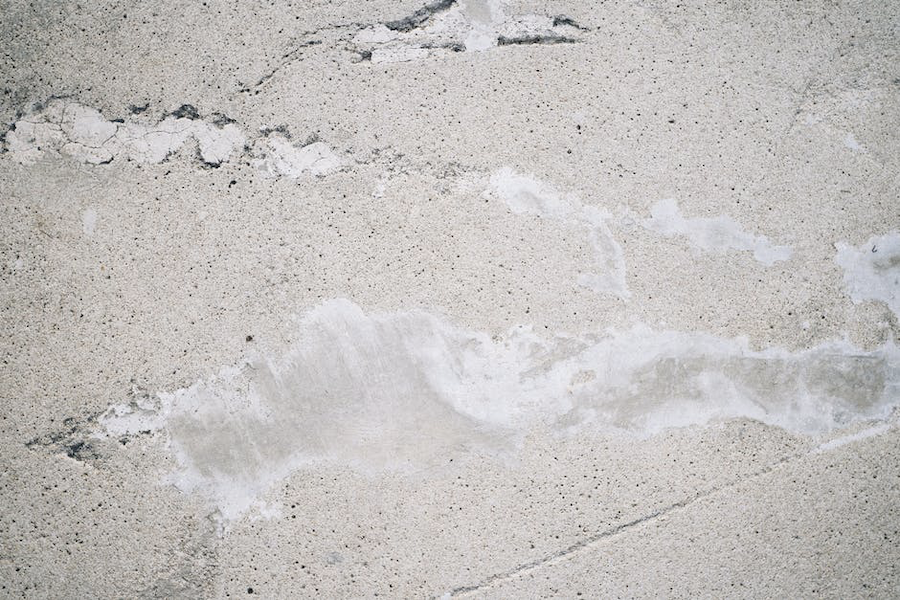Cracked concrete can be a major problem that could get worse if not fixed immediately. The thought of cracked concrete floors is often equated to old buildings, but it can also happen in newer buildings.
Cracked concrete happens more often in older buildings. With this guide, you’ll learn what causes cracked concrete and get some tips on preventing it from happening to you.
Read on!
1. Shrinkage
Most cracks in concrete are caused by hydration, which is the normal drying process. When water mixes with cement, a chemical process causes the concrete to harden and set. However, as the water in the mixture disappears, the concrete shrinks.
To avoid cracks caused by shrinking, it is important to carefully control the amount of water to cement during the mixing process. Using less water can reduce how much the concrete shrinks as it cures.
Adding concrete chemicals like plasticizers or admixtures that reduce shrinkage can also help reduce shrinkage. These additions make the concrete easier to work with and more fluid, meaning it needs less water and shrinks less.
2. Settlement
Settlement cracks happen when the ground beneath the concrete shifts or gets compressed, which causes the stress on the top of the concrete to be spread unevenly. Settling can be caused by many things, such as soil consolidation, bad compaction, or changes in the amount of water in the soil.
Before filling the concrete, the ground must be properly prepared so there are no cracks from the ground moving. This means getting rid of any organic matter or loose dirt and packing down the subgrade so it is stable and even.
Specialized tools for compaction can be used to make the soil under the concrete as dense as possible. In some situations, the ground may need to be made stronger by using methods to stabilize the soil.
Additionally, reinforcing the concrete with a premier epoxy flooring can help minimize settlement cracks. These provide added strength and help distribute loads more evenly.
3. Overloading or Impact
When too much weight or force is put on a building, cracks can appear in the concrete. This can happen if heavy items are dropped on the concrete or if heavy loads are put on it. Overloading can cause the concrete to carry more weight than it can handle, leading to stress concentrations and cracks.
To avoid cracks from different types of concrete, the building must be built to handle the expected loads and stresses. This means thinking about the type of building, how it will be used, and how much weight it might need to hold.
Structural engineers can figure out how thick the concrete needs to be, how much reinforcement it needs, and what other design elements are needed to ensure the building can handle the expected loads without bending or breaking. For example, the concrete’s strength and resistance to cracking can be greatly improved by adding steel rebar or strands.
Don’t Let Cracked Concrete Cramp Your Style
Cracked concrete is a common problem that a range of factors can cause. The three best prevention tips are to apply a sealant to the surface, ensure proper drainage is maintained around the slab, and pay attention to warning signs.
Taking these measures on how preventing cracked concrete can help reduce the risk and cost of repair or replacement. Take action today to ensure your concrete surfaces are in good shape.
We hope this article was helpful to you. If you enjoyed it, be sure to check out our blog for more valuable information and resources.

